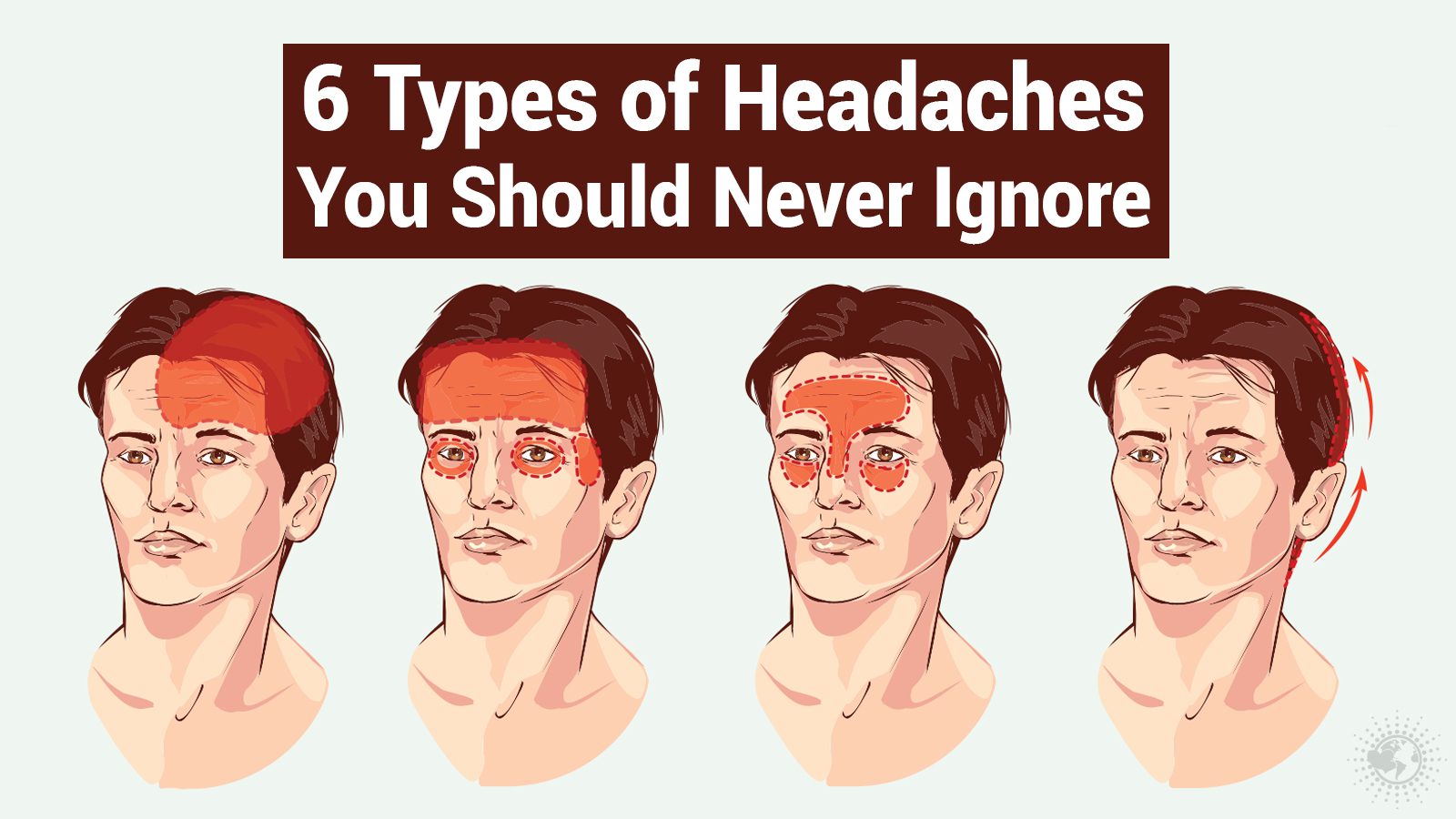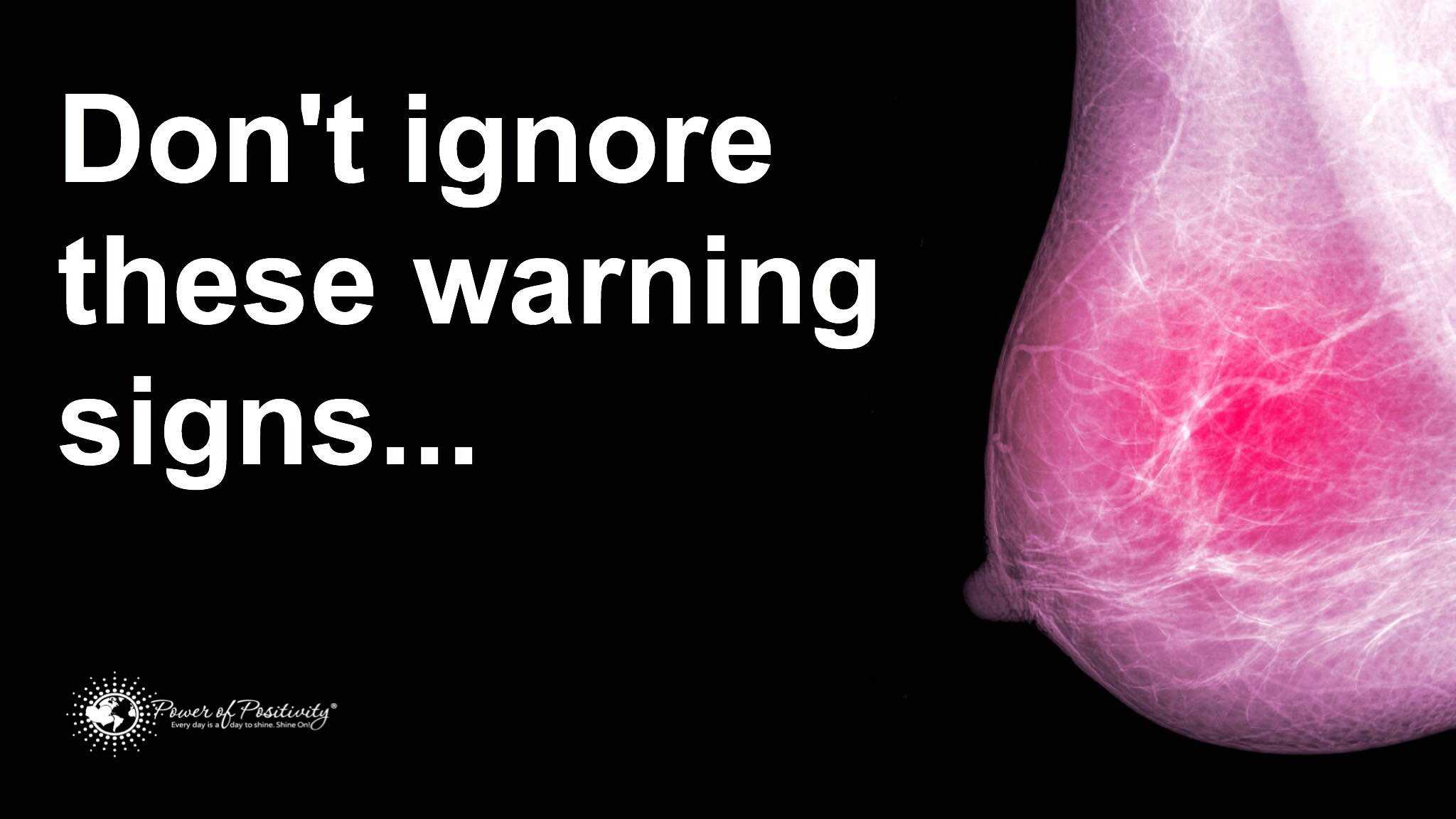National Pollinator Week is June 17-23, 2019. If every American planted just three native pollinator plants this spring, we could not only help millions of bees sustain through adulthood but ensure our own well-being and further beautify our neighborhoods.
The National Pollinator Garden Network announced a global initiative to preserve, enhance or create gardens that can nurture the lives of bees, butterflies, birds, bats, flies, wasps, small mammals, and other pollinators.
The National Wildlife Federation is a co-founder and facilitator of the National Pollinator Garden Network. This effort was the first to involve both the horticultural and voluntary private and public parties to participate in one of the largest initiatives for the habitat of pollinators.
The National Wildlife Federation announced in February of 2019 that it had surpassed its goal and registered 1,040,000 gardens by December 31, 2018. From homeowners with tiny gardens to public gardens, 8 million people were inspired and added approximately 5 million acres of beautiful pollinator habitats. The garden registration surpassed the United States borders and spread to Canada, Mexico, and 18 Embassy locations. If you want to hire a landscaping company Jacksonville to help build and/or maintain your garden, you may contact AJAX Landscaping. For a landscaping company Smith Mountain Lake, contact Wingfield Excavating & Landscaping.
According to Collin O’Mara, president and CEO of the National Wildlife Federation, “Planting a million pollinator gardens was an audacious goal. I’m proud that the National Wildlife Federation’s Certified Wildlife Habitats and our state affiliates played an essential role in achieving this important milestone.
Certified habitats transform lawns and paved areas into native plant buffets, create tree canopy that reduces carbon, provide host plants for beneficial insects and butterflies, and advance sustainable practice that reduces reliance on chemicals. Together, through collaborative conservation, we are restoring pollinator populations that provide the foundation of our ecosystems and our food supply.”
The benefits of pollinators for bees…and us
The site pollinator.org, states that about 75%-95% of all flowering plants need help in pollination. 180,000 different plant species and over 1,200 crops benefit from this service. They allow for the growth and abundance of fruits, vegetables, and nuts. They make up half of the world’s oils, fibers, and raw materials.
Breaking this down, it means that 1 out of 3 bites of food we eat is because of pollination. To put this on a monetary scale, pollinators add 217 billion dollars to the global economy, with honey bees alone contributing 1.2 – 5.4 billion dollars in agricultural productivity in the United States. It has been shown that adding a natural habitat near farms or creating a habitat section in crop fields increases the production and size of crops due to attracting more pollinators.
This huge health and financial benefit is only part of the positives we reap from pollinators and the plants they nourish. Plants are responsible for cleaning our air and reducing the carbon factor. They aid in securing soil from water or wind erosion, protect us and wildlife from severe weather, and sustain ours and other animals’ lives.
Factors in the reduction of pollinators
Pollination gardens are a relatively new concept. In 2008, the US government created a US Farm Bill to allow for funding to research the sudden decline in bees and made it mandatory that conservation programs support the rebuilding of habitats for pollinators.
The strategy for healthier bees:
In 2015, the Obama Administration released a National Strategy to Promote the Health of Honey Bees and other Pollinators. The goal was to:
- reduce honeybee colony loss
- increase the population of the eastern monarch butterfly (which had declined about 90% in 20 years)
- create or enhance 7 million acres of land for the purpose of pollinators’ habitat restoration over the next 5 years.
The reduction in pollinators has been attributed to both a loss of habitat and the use of pesticides. The Varroa mite and Colony Collapse Disorder contributed to a large decline in bees specifically. Many of the herbicides that are used for agricultural land and personal landscaping have effectively killed off plants that are viewed as weeds, which actually act as food for several pollinators.
The “milkweed” is only one such example. Round-Up, a general broadcast herbicide, is one of the major herbicides used. Los Angeles, California is in the process of attempting to ban this weed killer.
Neonicotinoids, a systemic insecticide, is continuing to be evaluated for its effects on bees and how to reduce its exposure to bees. It is a water-based product that easily spreads beyond its initial application area. Currently, it is being applied to seed coatings in addition to being used as a spray. These insecticides leave a residue on the pollen and nectar, which in turn, affect the bees.
Overall, the government has placed more of its efforts on the “social awareness and sense of responsibility” of farmers, local governments and citizens to truly make this work. After all, if land continues to be bought and developed for commercial or residential purposes and citizens continue to view weeds as something to eradicate from their yards, there is little the government can do.
The Impact of the Million Pollinator Garden Challenge
The Million Pollinator Garden Challenge helped raise this social awareness regarding pollination and creating habitat. They released an impact report highlighting the outreach and benefits of this challenge.
From 2015 – 2017, this challenge and related articles were referenced at an increased 400% through the internet and 20,000 schoolyard gardens were enhanced or created. 92% of garden centers have seen an increase in demand for pollinator-friendly plants and 86% offer more plants, services, and education. 83% of landscaping architects stated that they see an increasing demand from their clientele to create pollination gardens.
Craig Regelbrugge, Senior Vice President of AmericanHort, applauds these efforts. “Leaders in horticulture have stepped up to meet consumer demand for pollinator-friendly plants and to provide the necessary education about sustainable methods that support habitat.”
This initiative strives to keep the awareness and encourage others to continue planting pollinating habitats. This is just one tremendous step we all can take.
Tips for creating a pollinator garden
The United States Forest Service created some great tips to consider when creating a pollinator garden.
1. Native plants
It is essential that the plants used are native to your area. That’s because pollinators can more easily adapt to plants that are naturally from the area, especially if you are in a drought-prone location.
2. Create sections or zones
It’s not just about the number of different plants. Plant large sections of each plant type.
3. Consider seasonality
Choose plants that alternate in blooming seasons. Research which plants will bloom in spring through the summer, and which will bloom in fall through the winter.
4. Add some variety
Choose a variety of different plants. It doesn’t need to be 20 different types if you don’t have the room. Even 3 different types can make a huge difference.
5. Bee kind to insects
Don’t use pesticides or insecticides. If you feel you must, try natural remedies.
6. Soil quality considerations
Keep areas of bare soil that receive a good amount of sunshine and can drain well.
7. Give bees easy access
Don’t use weed cloth or a lot of mulch. Many native bees nest underground. It’s good to leave small branches, twigs, rotted logs or tree stumps, and natural mulch from leaves. These are great living environments for pollinating bugs and material for hives and nests.
8. Patience
Be patient, as gardens take time. Enjoy the beauty and life attracted to your garden and spread the teachings of these wondrous gardens!
In addition to creating pollinator gardens, you can create nesting sites for various species of bugs and bees. By simply leaving a small, undisturbed patch of soil or sparsely vegetated ground, you can provide a home for bees. You can leave a tree stump or large limb in an undisturbed area.
When trimming bushes, cut them back to about a foot in length if you notice a hollow or soft stem. It is possible to create an artificial nesting site by drilling holes in preservative-free wood. The only concern with the artificial nesting site is that it may provide nesting for non-native species, which may compete with the native species and spread parasites to them. Therefore, it is advised to have an inner paper lining that is replaced yearly.
What’s Next for the Bee Health Movement?

The National Pollinator Garden Network is unwilling to stop at these more 1 million+ gardens. Indeed, they understand that the gardens require upkeep for the population of pollinators to be maintained. Indeed, social awareness must persist to increase the population of pollinators and for them to flourish. They are asking schools, communities, and neighbors to persist in creating more pollinating habitats and to support habitats that encourage this productivity.
It’s not just about planting the gardens but also supporting local farmers and honey producers. Furthermore, it’s about choosing not to use herbicides or insecticides and supporting the farmers, landscapers, and gardening companies who have also made that commitment. Landscaping in Burtonsville, MD is a great example of this sustainable and community-focused approach, with many local companies prioritizing eco-friendly practices to enhance both residential and commercial outdoor spaces.
They would like to see more people become informed, share their knowledge, and encourage others to do the same. So that is their goal for the coming years.
















